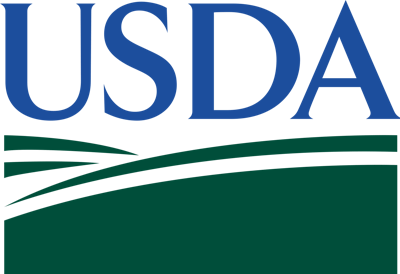
U.S. Agriculture Secretary Tom Vilsack visited Asheville, North Carolina, this week to meet with local officials, emergency teams, food bank volunteers, and farmers affected by Hurricane Helene. His visit underscored U.S. Department of Agriculture's (USDA) commitment to assisting the region’s recovery and announced several relief programs to help farmers, ranchers, and rural residents bounce back from the storm’s devastation.
“We know that communities impacted by Hurricane Helene have a long road to recovery, and USDA is committed to supporting that recovery for as long as it takes,” Vilsack said. USDA's ongoing relief initiatives include emergency loans, nutritional support, and mental health resources for affected agricultural operations and rural residents.
USDA support for farmers and rural communities
Farmers affected by the hurricane have access to a suite of USDA programs designed to ease their recovery. Resources include:
- Emergency Loans and Disaster Programs: USDA’s Farm Service Agency (FSA) provides loans and programs to help replace equipment, livestock, and even refinance debt.
- Environmental Quality Incentives Program (EQIP): USDA’s NRCS offers financial assistance to address livestock infrastructure, soil erosion, and water conservation needs, with $15 million dedicated to EQIP in North Carolina.
- Crop Insurance and Loss Reporting: USDA’s Risk Management Agency has authorized flexibilities for farmers to report crop losses without extensive documentation. So far, an estimated $4.1 million has been paid to North Carolina producers.
Nutrition assistance and housing support
In partnership with local authorities, USDA’s Food and Nutrition Service (FNS) issued additional waivers to expedite food assistance. These include:
- Disaster SNAP (D-SNAP): This program has provided over 105,000 individuals with one-time food assistance benefits.
- USDA Foods Distribution and Hot Foods Waiver: Through December, USDA food boxes are available in 20 affected counties, and SNAP households can purchase hot meals statewide.
USDA also announced mortgage relief options for Rural Development borrowers, allowing suspension of payments and waivers of late fees for impacted residents in disaster-designated areas.
On-the-ground relief efforts
Secretary Vilsack’s visit included stops at Asheville’s FEMA Emergency Operations Center and the U.S. Forest Service Dispatch Center, where local teams have cleared more than 150 miles of road to provide access for rescue and relief efforts. Vilsack also visited MANNA FoodBank and the Western North Carolina Farmers Market to meet directly with farmers and ranchers facing storm-related losses.
“Our goal is to ensure these communities not only recover but emerge stronger,” said Vilsack. “The USDA will stand alongside North Carolina’s farmers and families every step of the way.”
















